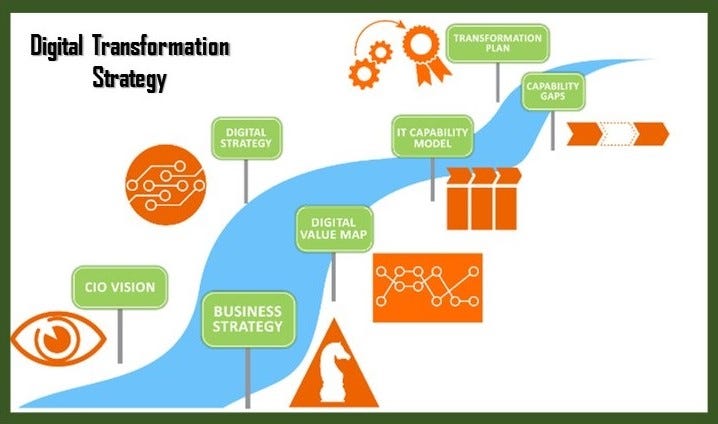
Certainly! Here’s an article without displaying the title but covering Digital Transformation Business Strategies:
Understanding Digital Transformation
In today’s fast-paced business landscape, the term “digital transformation” has become ubiquitous. It encapsulates a fundamental shift in how organizations operate, leveraging technology to revolutionize their processes and services.
Embracing Change in Business Strategies
Digital transformation isn’t just about adopting new technologies; it’s a comprehensive overhaul of business strategies. It requires a mindset shift, encouraging agility, innovation, and a customer-centric approach in all facets of operations.
Importance of Adaptability and Flexibility
One cornerstone of successful digital transformation lies in an organization’s ability to adapt and remain flexible. Strategies need to be fluid, capable of evolving alongside technological advancements and market demands.
Integrating Technology Seamlessly
The effective integration of technology forms the crux of digital transformation. It involves leveraging tools like AI, IoT, cloud computing, and data analytics to optimize operations, enhance customer experiences, and drive growth.
Customer-Centric Approach
Central to digital transformation strategies is a relentless focus on customer needs. Businesses aim to tailor their offerings, leveraging data insights to create personalized experiences that resonate with their audience.
Data-Driven Decision Making
Data serves as the fuel that propels digital transformation. Businesses analyze vast amounts of data to make informed decisions, identify trends, predict consumer behavior, and refine strategies for better outcomes.
Cultural Shift and Leadership
Digital transformation necessitates a cultural shift within organizations. It requires strong leadership to drive change, foster a culture of innovation, and encourage collaboration across teams for successful implementation.
Security and Risk Management
As businesses embrace digital technologies, they must also prioritize cybersecurity. With increased connectivity comes heightened vulnerabilities, necessitating robust security measures and proactive risk management.
Measuring Success and Continuous Improvement
An essential aspect of digital transformation involves establishing key performance indicators (KPIs) and metrics to measure success. Continuous improvement based on these metrics ensures the evolution of strategies over time.
Future-proofing Business in the Digital Age
Digital transformation isn’t a one-time event; it’s an ongoing journey. Organizations that consistently evolve, adapt, and innovate are best positioned to thrive in an ever-changing digital landscape.
To delve deeper into Digital Transformation Business Strategies, visit pudacanmanel.com for comprehensive insights and cutting-edge approaches.
Feel free to use this content as needed!
